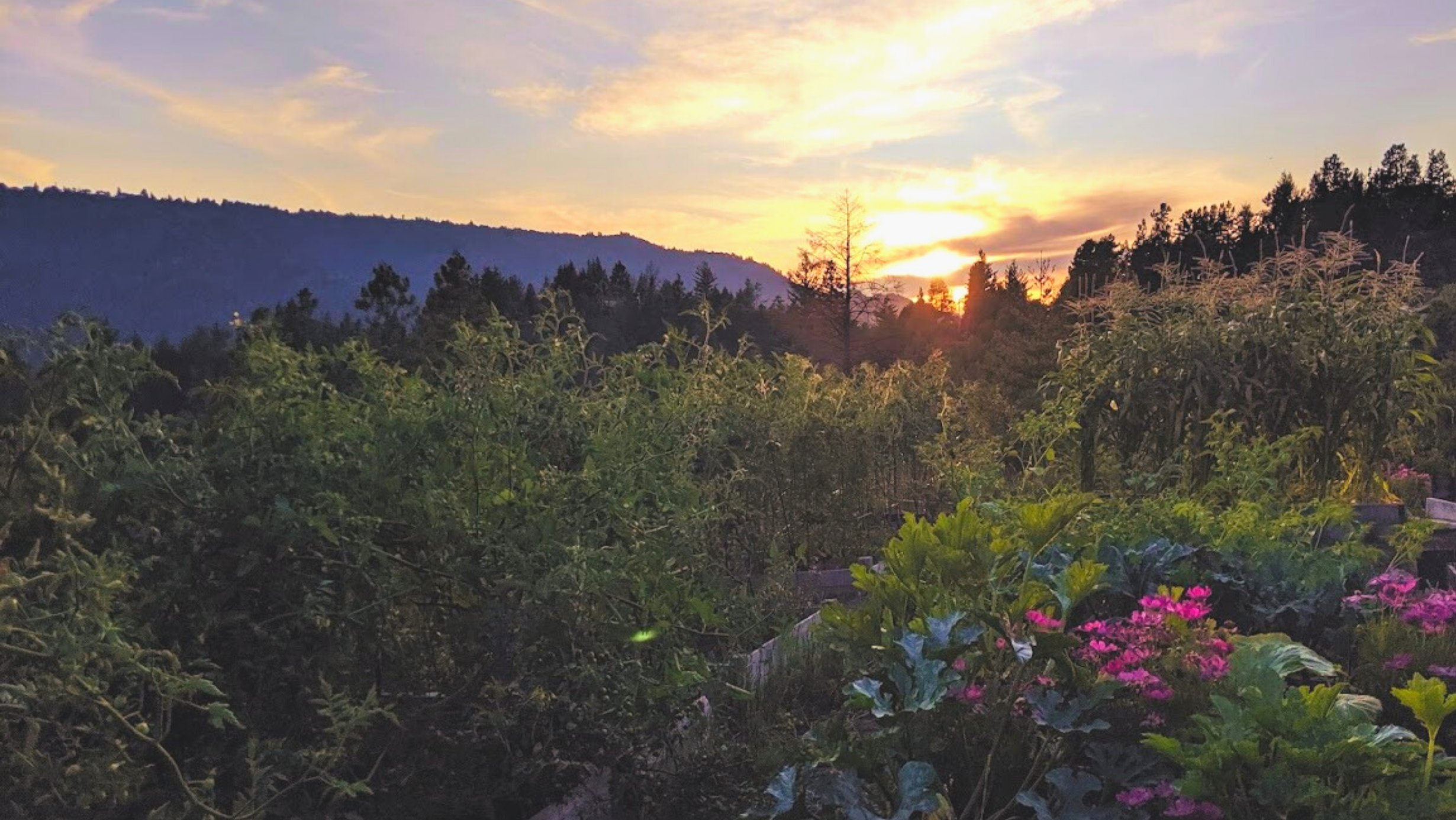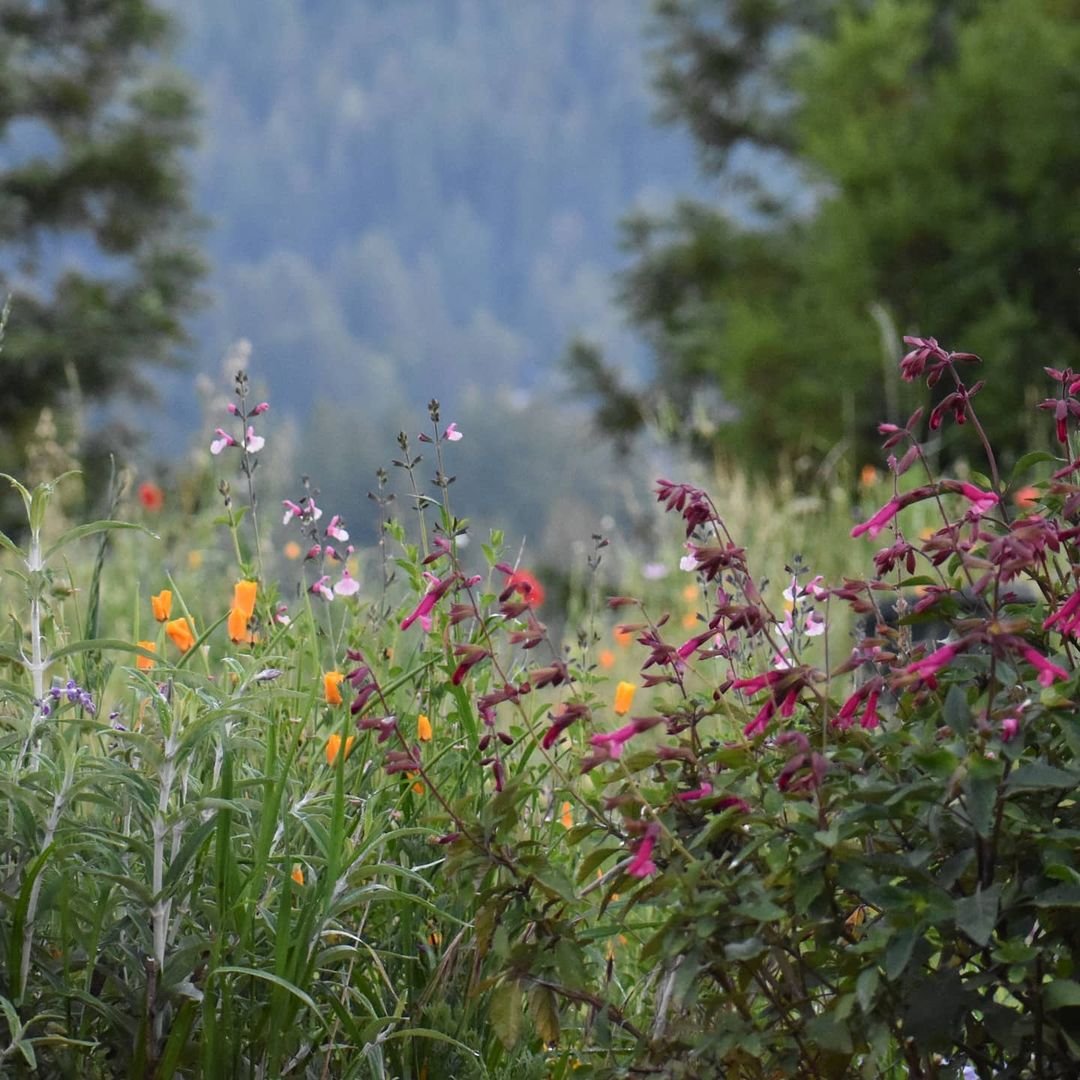From Soil Health to Water Conservation: Sustainable Land Management Tips for Every Gardener
Introduction to Sustainable Land Management
Sustainable land management means taking care of our land so it can take care of us. It's about ensuring the soil stays healthy, the water is clean, and plants and animals thrive. This isn't just for big farms or forests. Even in your backyard, how you treat the land matters. Simple actions can make a big difference. The goal? Keep the land productive and alive for generations to come. It's not just about growing plants; it's about growing them in a way that's good for the earth. That's what sustainable land management is all about.
Understanding soil health: The foundation of your garden
Soil health isn't just dirt-talk; it's the secret sauce to a thriving garden. Picture your garden as a team, where soil is the star player. If the soil is unhappy, your plants are going to struggle. To keep it simple, healthy soil holds water better, provides essential nutrients, and supports a web of life under the surface that benefits your plants. There are a few key things to remember. Avoid chemical warfare; harsh chemicals can disrupt soil life. Instead, think compost and natural fertilizers. Keep the soil covered with mulch or plants; it prevents erosion and moisture loss. Lastly, get to know your soil type. Sandy, clay, or loamy soil each have different needs. Happy soil equals happy plants. It's that straightforward.
Water conservation techniques for gardeners
Saving water is crucial both for the planet and your garden's health. Here's how you can do it:
First, use mulch. It's simple. Mulching helps the soil hold on to moisture, meaning you'll need to water less often. Plus, it keeps the soil cool and adds nutrients as it breaks down. Easy win.
Next, choose the right plants. Native plants or those adapted to your climate will thirst less and grow better. It makes sense - they're used to the conditions already.
Also, consider drip irrigation. Instead of spraying water, drip systems deliver it directly to the plant's roots. Less waste, less evaporation, and your plants get exactly what they need.
Then, there's rainwater harvesting. Collect rain from your roof in barrels and use it for watering. It's free water!
Finally, water at the right time. Early morning or late evening? That's your window. Less sun means less evaporation, so more water goes to your plants.
Simple adjustments have a big impact. Keep the water in your garden, not wasted.
Mulching and composting: Natural ways to enhance soil
Mulching and composting are your garden's best friends when you aim to boost soil health naturally. Let's break it down. Mulching involves covering the soil with organic materials like leaves, straw, or bark. This does magic by keeping moisture in the soil, reducing weeds, and protecting your plants from extreme temperatures. In short, it's like a protective blanket for your garden bed. On the other hand, composting is all about turning kitchen scraps, yard waste, and other organic matter into nutrient-rich food for your soil. It's like cooking a super meal for your garden. By composting, you not only enrich the soil with essential nutrients but also improve its structure, which means better water retention and air circulation for plant roots. Plus, you're recycling organic waste, which is a win for the environment. Start simple: Remember, for mulching, spread a layer of organic material over your soil. For composting, gather your green (nitrogen-rich) and brown (carbon-rich) materials, keep them moist, and turn the pile now and then to speed up the process. There you go; you're on your way to healthier soil and a happier garden.
The importance of choosing native plants
Choosing native plants isn't just a gardening trend; it's a smart move for any gardener who wants to support local ecosystems and save water. Let's get straight to the point – native plants have grown in your area for thousands of years. They're tough. They've adapted to the local climate, soil, and pests. This means they need less babysitting from you. Less water, less fertilizer, and fewer pesticides. By picking native plants, you're not only making your garden maintenance easier, but you're also doing your part for the environment. These plants provide essential habitat for local wildlife, like bees, butterflies, and birds, which are crucial for pollination and keeping pesky insects in check. Plus, they help improve soil health and prevent erosion. In short, going native is a win-win. It saves you time and money and supports a healthier planet.
Organic pest management: Protecting your garden naturally
Going organic in pest management means ditching harsh chemicals. This move not only keeps your garden healthy but also safeguards the environment. Let's break it down. Start by inviting beneficial insects. Ladybugs and lacewings? They're your best friends because they feast on pests like aphids. Planting native species attracts these helpful critters. Next up, consider natural repellents. Garlic, chilies, and neem oil can keep pests at bay without harming your plants. It's like making a spicy deterrent that pests can't stand. Another trick is to maintain garden cleanliness. Remove dead leaves and debris where pests love to hide. It's simple: a clean garden equals fewer pests. And, if you've got a serious infestation, think about introducing barriers. Floating row covers can protect your plants from a multitude of invaders. Remember, the goal is to work with nature, not against it. Embrace these organic methods, and you'll see that managing pests doesn't have to mean relying on harmful chemicals.
Crop rotation and diversity for soil health
Keeping your soil healthy is key to a thriving garden, and two smart strategies are crop rotation and planting a variety of plants. Here’s the rundown: Crop rotation means not planting the same crop in the same spot year after year. This practice cuts down on pests and diseases that target specific plants and helps nutrients in the soil stay balanced. For example, if you plant tomatoes in one spot, swap them with beans next year. Beans add nitrogen to the soil, which tomatoes love.
Adding different kinds of plants, or diversity, is another power move. It makes your garden less of a target for pests and diseases, as they usually prefer munching on one type of plant. Diverse plants support a healthy ecosystem, attracting beneficial insects that keep harmful bugs in check. So, mix it up with veggies, fruits, flowers, and herbs. Your soil will thank you, your plants will be happier, and your garden will be a buzz of activity and health. Keep it simple, rotate your crops, and embrace diversity in your planting plan for soil that keeps giving.
The future of gardening with sustainable land management practices
Sustainable land management isn't just a trend. It's the future. By adopting practices that improve soil health and conserve water, we're making our gardens more resilient and taking a bold step toward protecting our planet. Remember, whether you're a beginner or a seasoned gardener, integrating these sustainable techniques doesn't just benefit your garden; it contributes to a larger cause – the health of Earth. So, let's keep pushing the boundaries, experimenting with sustainable methods, and sharing our successes. Together, by making small changes in how we manage our land, we can make a significant impact. It's more than gardening; it's a commitment to a healthier world for generations to come.





